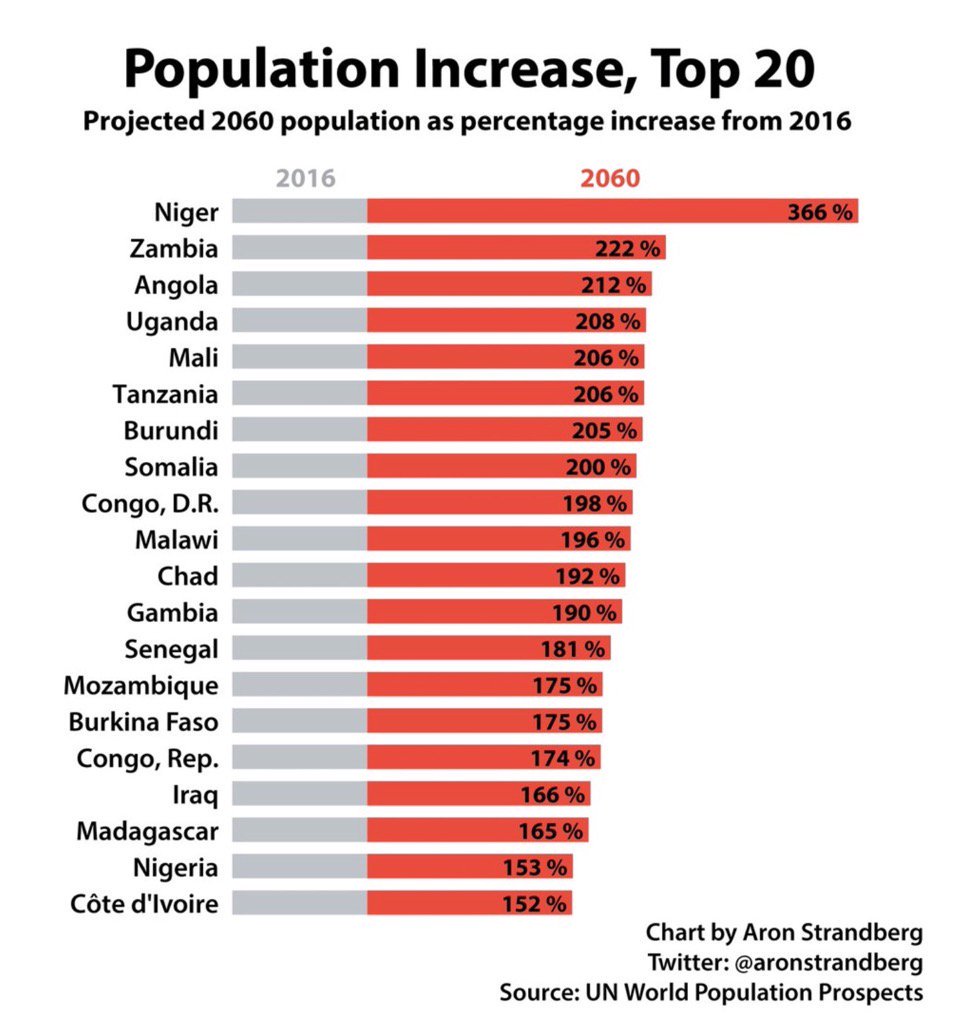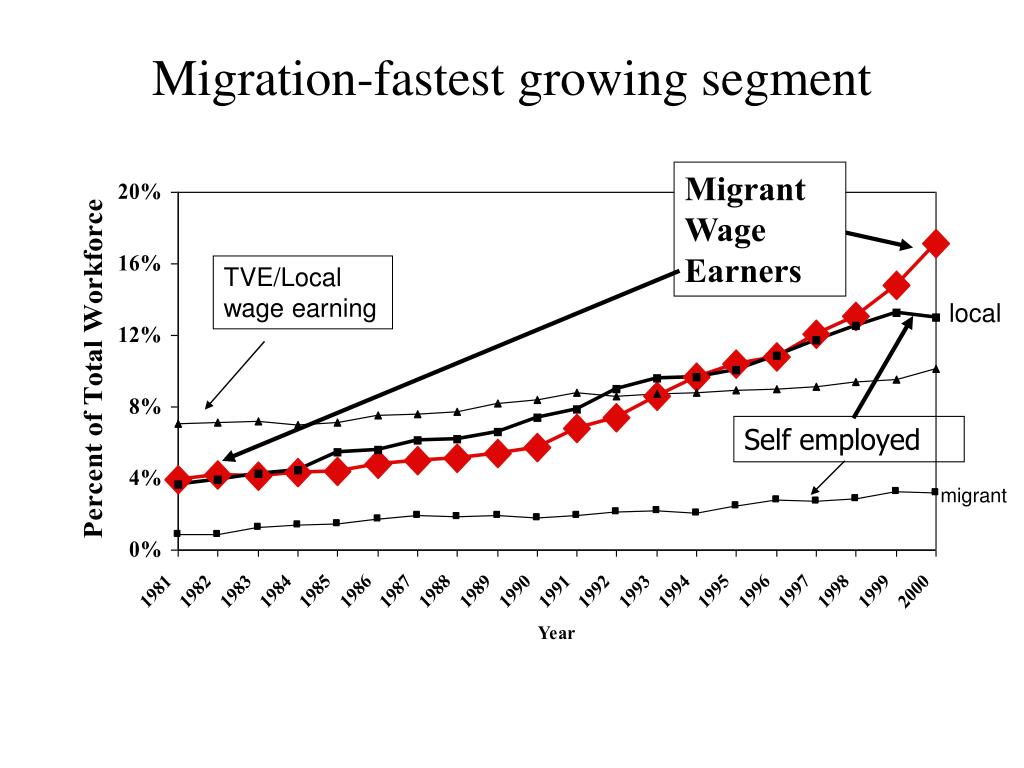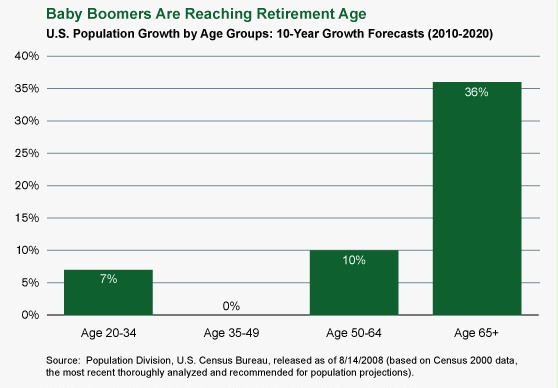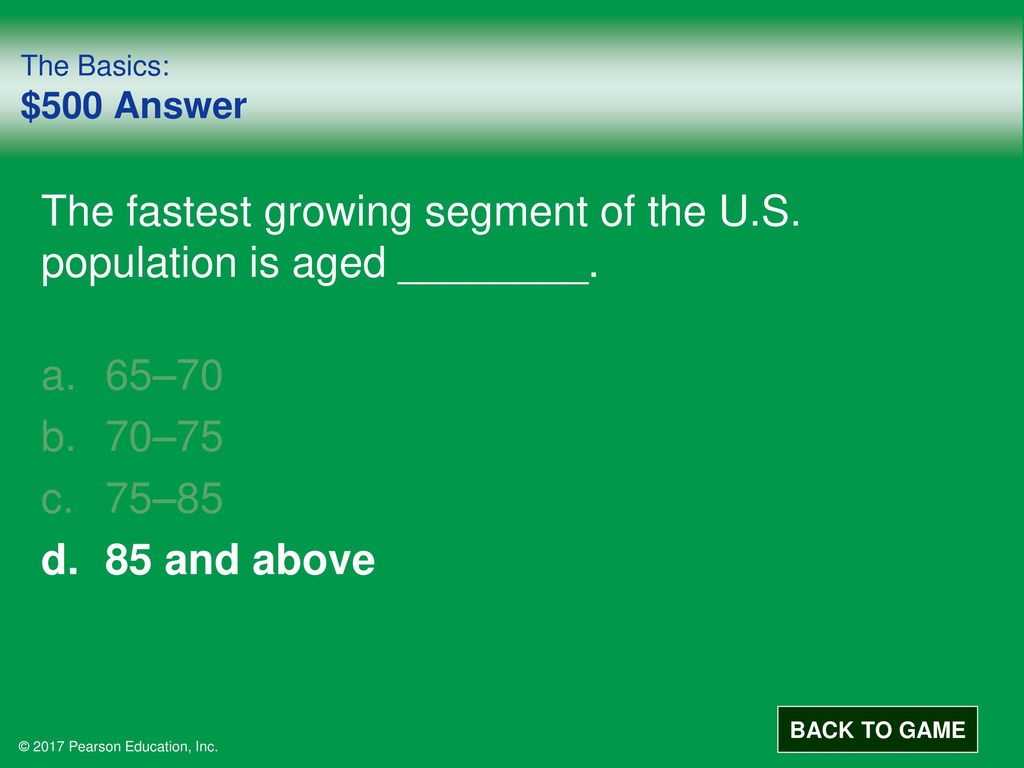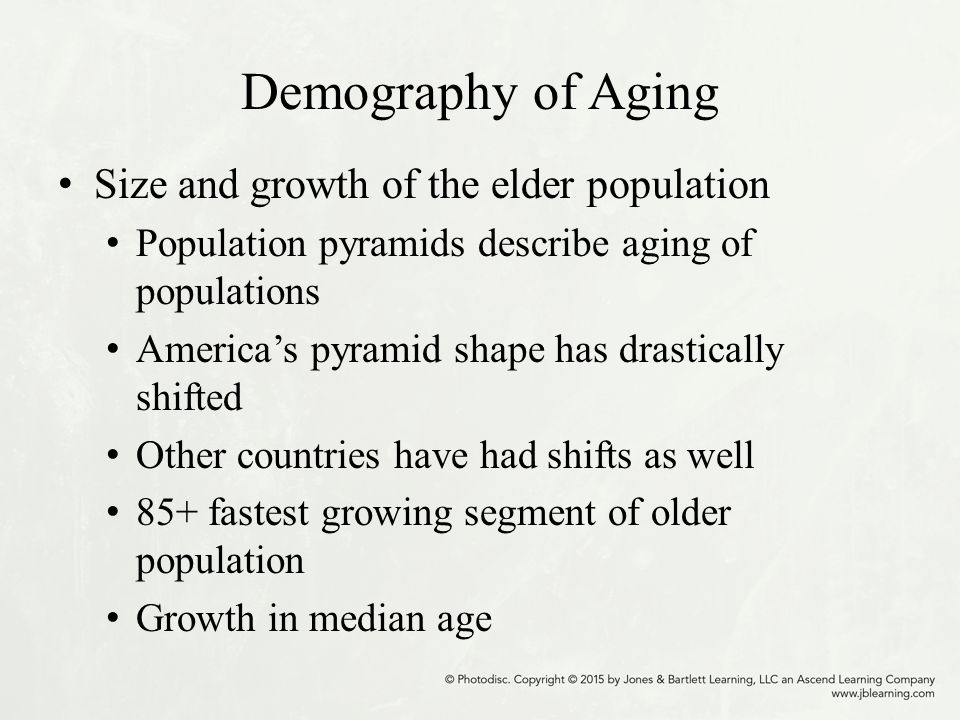What Is The Fastest Growing Segment Of The Population

The American demographic landscape is undergoing a dramatic shift, one with profound implications for social security, healthcare, and the very fabric of communities nationwide. An age group, once overlooked in discussions of growth, is now expanding at an unprecedented rate, challenging existing infrastructure and demanding a re-evaluation of societal priorities.
This isn't about the much-discussed Millennial or Gen Z booms. Instead, it’s the often-unseen but rapidly swelling ranks of Americans aged 65 and older, particularly those 85 and above, experiencing the most significant surge.
This article will delve into the specifics of this demographic shift, exploring the contributing factors, the challenges it presents, and the opportunities it unlocks. We will examine data from credible sources, including the U.S. Census Bureau and the National Institute on Aging, to paint a comprehensive picture of this evolving reality.
The Graying of America: Numbers Don't Lie
Data from the U.S. Census Bureau confirms the rapid aging of the population. The 65-and-older population has been growing significantly faster than the overall population for decades.
The most recent projections indicate this trend will continue, placing an increased burden on existing social and economic systems.
Specifically, the 85-and-older segment, often referred to as the "oldest old," is experiencing the most dramatic percentage increase.
Between 2010 and 2020, the number of individuals aged 85 and older grew by over 30%, far outpacing the growth rates of younger age groups.
This accelerated growth is due to several factors, including advances in medicine and healthcare, improved nutrition, and healthier lifestyles.
Factors Driving the Growth
Advances in medical technology have played a crucial role in extending lifespans. Breakthroughs in treating heart disease, cancer, and other age-related illnesses have significantly increased survival rates.
Moreover, greater awareness of preventative healthcare, such as regular exercise and balanced diets, contributes to improved overall health and longevity.
Improved sanitation and public health initiatives have also had a lasting impact, reducing the incidence of infectious diseases and increasing life expectancy.
Finally, societal shifts such as reduced smoking rates have contributed to people living longer and healthier lives.
Challenges and Opportunities
The rapid growth of the older population presents both significant challenges and unique opportunities. Increased demand for healthcare services is one of the most pressing concerns.
The need for geriatric specialists, home healthcare aides, and assisted living facilities is escalating, placing a strain on resources.
Furthermore, the financial burden on social security and Medicare is projected to increase substantially as more individuals enter retirement and require healthcare benefits.
Beyond healthcare, the aging population also presents challenges related to housing, transportation, and social isolation.
However, this demographic shift also creates significant opportunities. The "silver economy," driven by the spending power of older adults, is a rapidly growing market.
This includes opportunities in areas such as travel, leisure, technology designed for seniors, and financial services.
Moreover, older adults often possess valuable experience and skills that can benefit society through volunteering, mentorship programs, and continued employment.
Addressing the Needs of an Aging Population
Policymakers, healthcare providers, and community leaders must proactively address the needs of the aging population. This includes investing in geriatric care, expanding access to affordable housing and transportation, and promoting social inclusion.
Innovative solutions are needed to address the shortage of healthcare professionals specializing in geriatrics. Telemedicine and remote monitoring technologies can also play a critical role in improving access to care for older adults, particularly those living in rural areas.
Furthermore, communities should focus on creating age-friendly environments that promote independence and social engagement.
"Creating age-friendly communities isn't just about meeting the needs of older adults; it's about building stronger, more inclusive communities for everyone," says Dr. Emily Carter, a gerontologist at the National Institute on Aging.
This involves designing public spaces that are accessible to people of all ages and abilities, providing opportunities for intergenerational interaction, and promoting lifelong learning.
Looking Ahead: A New Era of Aging
The rapid growth of the older population is not just a demographic trend; it's a fundamental shift in the social and economic landscape. Embracing this change requires a proactive and forward-thinking approach.
Investing in research and development focused on aging, promoting healthy lifestyles, and fostering intergenerational collaboration are essential steps.
As the population continues to age, society must adapt to meet the evolving needs and harness the potential of its older members.
The graying of America presents challenges, but also opportunities to build a more inclusive and age-friendly society.
By embracing innovation and prioritizing the well-being of older adults, we can ensure a future where everyone has the chance to thrive, regardless of age.
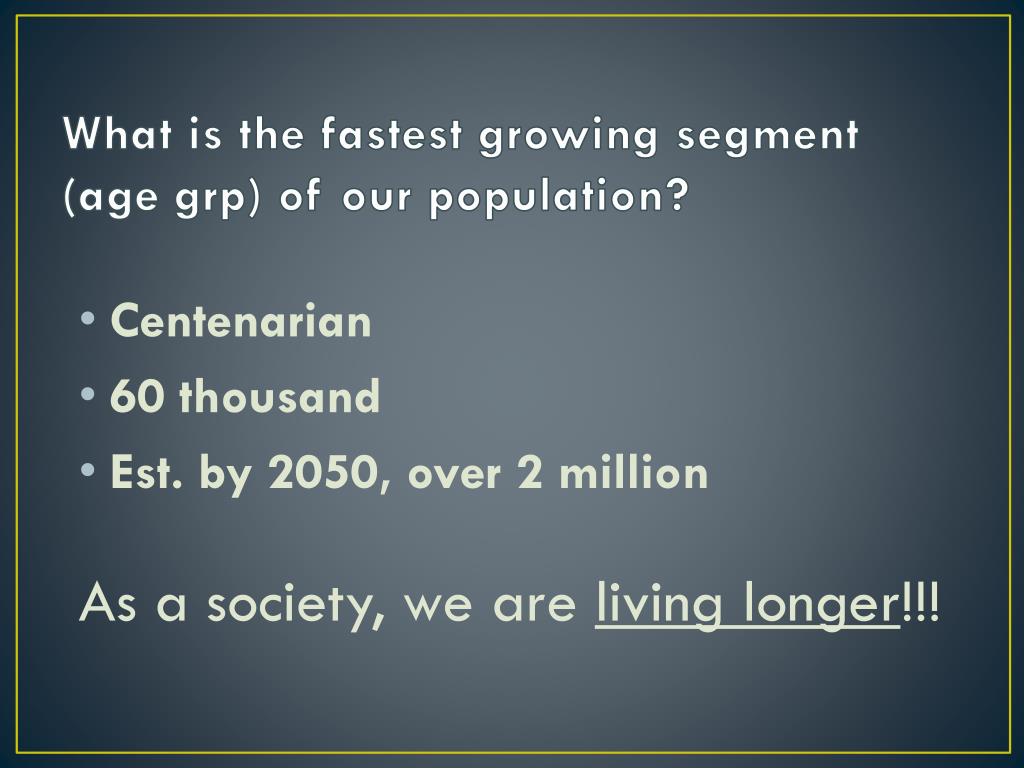
+are+the+fastest+growing+segment+of+the+population.jpg)

